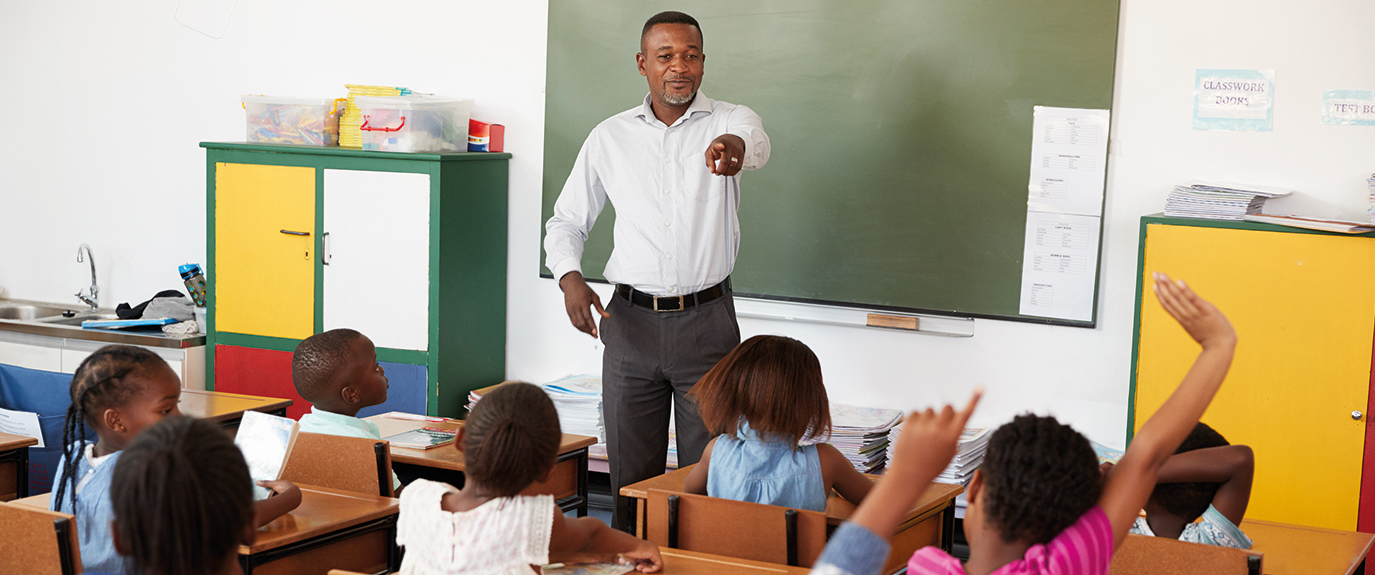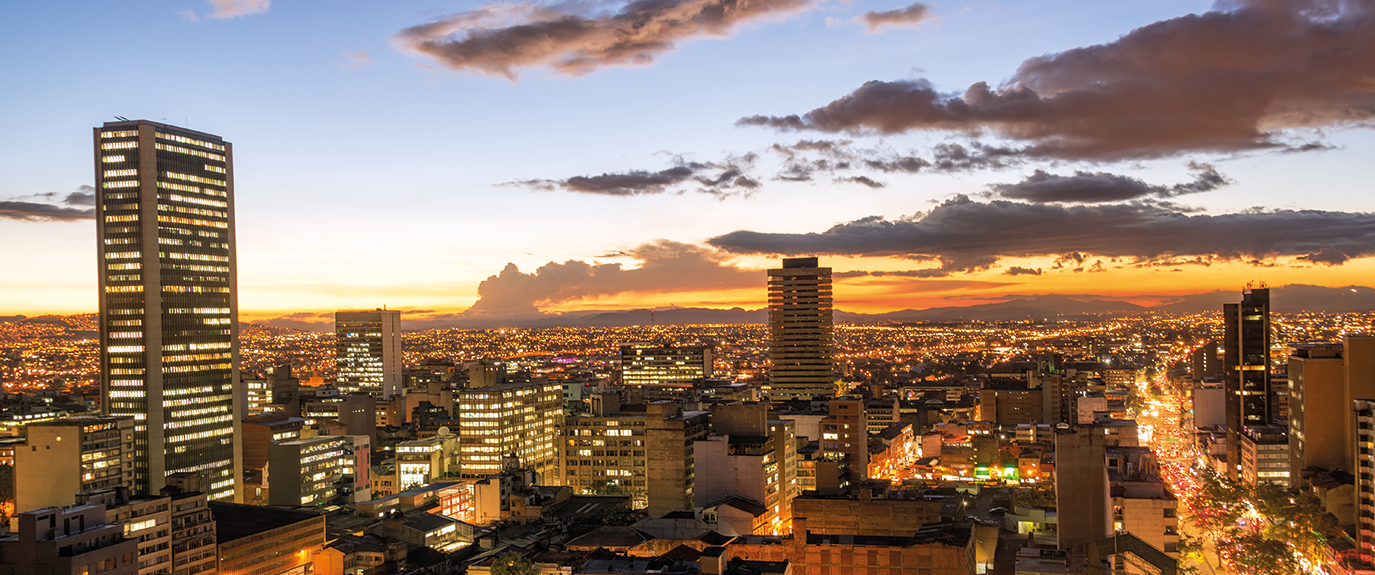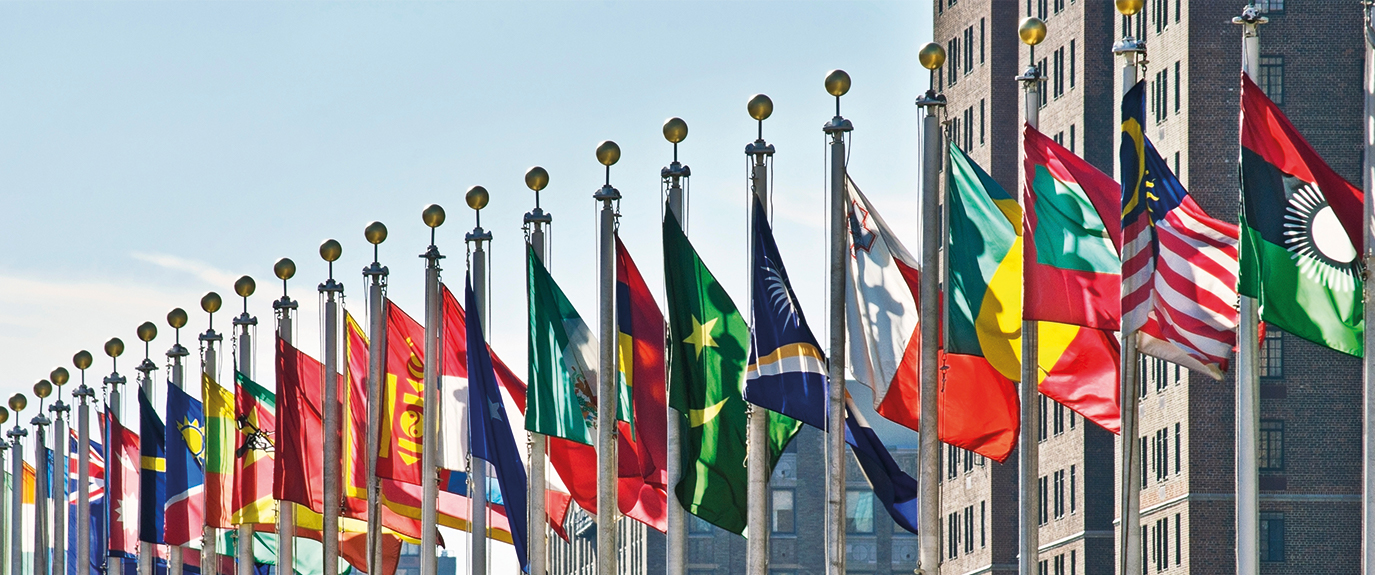Supervolcanoes are real, and governments are not prepared
An erupting volcano is one of the most awe-inspiring and fear-inducing forces on our planet. Our continuing fascination with the eruption of Mount Vesuvius in 79AD that destroyed the ancient Italian city of Pompeii, shows the grip that volcanoes have on the human psyche. They leave humans feeling helpless and vulnerable to their immense destructive power.
So how then are we supposed to feel about ‘supervolcanoes?’ And how can governments and disaster management agencies prepare to deal with the aftermath of a supervolcano eruption?
Before we consider that, let’s establish what a supervolcano actually is.
A supervolcano packs a potential explosive power far beyond that which buried Pompeii so deep in ash that it wasn’t rediscovered for 1,500 years. That eruption measured an estimated 5 on the Volcanic Explosivity Index (VEI).
The US Geological Survey defines a supervolcanic eruption as one that measures 8 on the VEI, the highest ranking on the index. These explosions eject at least 1,000 cubic kilometres (240 cubic miles) of lava, ash and other material.
According to the USGS, the biggest ever supervolcanic event happened 2 million years ago, in what is now Yellowstone National Park, in the USA. That eruption ejected 2,450 cubic kilometres (588 cubic miles) of volcanic material.
Tremors in Yellowstone
In August 2017, a series of earth tremors was detected in Yellowstone. Frenzied media reports followed, prompting fears that another long-overdue supervolvanic eruption could be on the way.
Not since the April 2010 eruption of the Eyjafjallajökull volcano in Iceland had volcanoes received such global attention. That eruption produced an ash cloud that grounded thousands of flights around the world and cost airlines around $1.7 billion.
The media focus was partly due to a reportedly high number of volcanic events in the famed US beauty spot in a year earlier, in 2016. Newsweek reported a “swarm” of more than 2,500 tremors, stating: “The most powerful … was a magnitude 4.4, which was recorded on June 15.”
This was swiftly followed by reports NASA had developed a radical plan for potentially neutralising the supervolcano in Yellowstone, one of about 20 that potentially threaten mass extinction on earth if they erupt.
Brian Wilcox of NASA’s Jet Propulsion Laboratory at the California Institute of Technology, part of a group investigating the risks of heavenly bodies smashing into the earth, told the BBC: “I came to the conclusion during that study that the supervolcano threat is substantially greater than the asteroid or comet threat.”
Scientists used to believe that earthquakes caused volcanoes to erupt, but now think the sheer weight and pressure of shifting molten matter at the earth’s core could be the cause.
Wilcox and his colleagues suggested that one way to defuse potentially explosive situations was to drill down about 10 kilometres beneath the earth’s crust and pump down water under pressure. This would return at a temperature of about 350C (662F), extracting heat from the earth and reducing the pressure.
Warning signs
If a supervolcano was heading for a full-scale eruption, experts say the warning signs would be obvious well in advance. Monitoring stations around the world watch and record seismic events, although as the Indian Ocean Boxing Day tsunami of 2004 showed, being able to provide sufficient public warning of unforeseen disasters that unfold at speed is still difficult.
But the Yellowstone coverage did raise questions about global preparedness in the event of a catastrophe. According to some estimates, the world only has enough food reserves for about two and a half months. But if the sky is filled with impenetrable ash clouds, how can those reserves be flown to areas that need them most?
In 2005, the UK government’s Natural Hazards Working Group suggested the establishment of an international science panel to catalogue, evaluate and raise awareness of regional natural hazards with the potential to affect more than one nation. Although bodies like the UN provide a forum for such discussions, one question for policy makers is whether there is enough international cooperation, outside of non-governmental groups and advisory bodies to prepare for, rather than respond to, catastrophes - volcanic or otherwise.
Meanwhile, Professor Bill McGuire, director of the Aon Benfield Hazard Research Centre at University College London and a prominent volcanologist, and author of the 2013 book, Waking the Giant, suggests disasters such as earthquakes and volcanic eruptions could become more common. He argues that changes to the polar ice sheets caused by man-made climate change could cause the fault lines in the earth’s crust to move, making it easier for the magma beneath to erupt.
According to the USGS, the world has not seen a supervolcanic eruption for 27,000 years. The giants have been sleeping for a long time. Will governments be prepared when the next one wakes?


